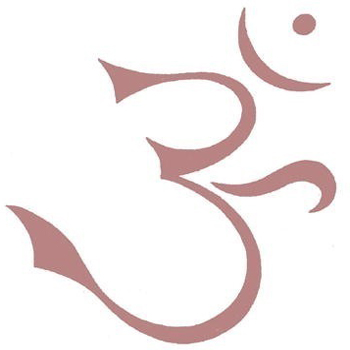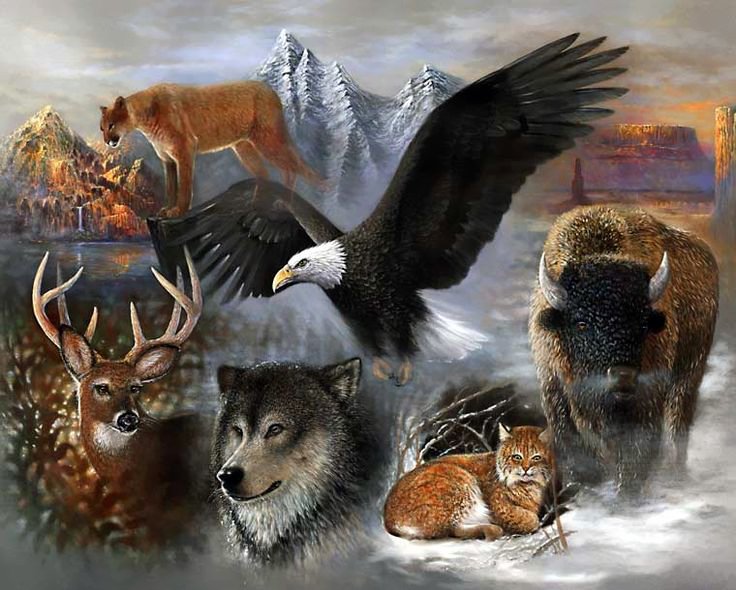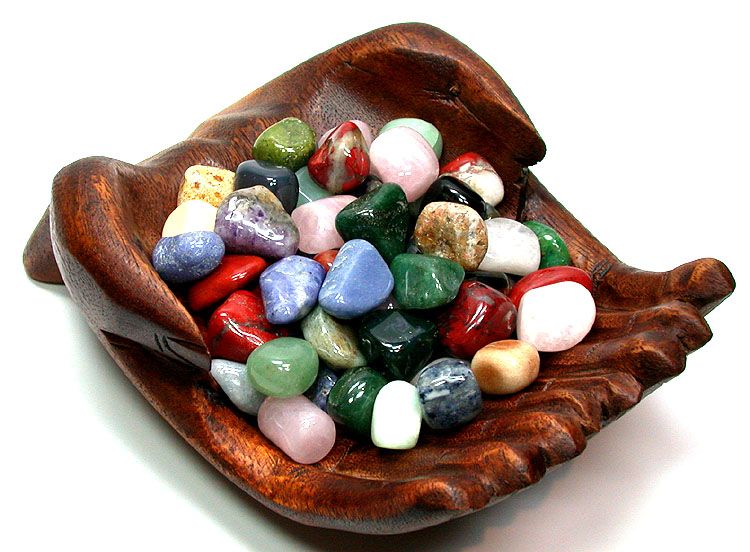Following the Buddha's Teachings - Part 3
- Details
- Written by AndEl

FOLLOWING THE BUDDHA'S TEACHINGS
The Buddha spoke the Four Noble Truths and many other teachings, but at the heart they all stress the same thing. An ancient story explains this well.
Once a very old king went to see an old hermit who lived in a bird's nest in the top of a tree, "What is the most important Buddhist teaching?" The hermit answered, "Do no evil, do only good. Purify your heart." The king had expected to hear a very long explanation. He protested, "But even a five-year old child can understand that!" "Yes," replied the wise sage, "but even an 80-year-old man cannot do it."
THE TRIPLE JEWEL
The Buddha knew it would be difficult for people to follow his teachings on their own, so he established the Three Refuges for them to rely on. If a person wants to become Buddhists take refuge in and rely on the Buddha, the Dharma, and the Sangha. These are known as the Triple Jewel. The Sangha are the monks and nuns. They live in monasteries and carry on the Buddha's teaching. The word Sangha means 'harmonious community'. The Buddha, the Dharma, and the Sangha together possess qualities that are precious like jewels and can lead one to enlightenment.
A refuge is a place to go for safety and protection, like a shelter in a storm. Taking refuge does not mean running away from life. It means living life in a fuller, truer way.
Taking refuge is also like a man traveling for the first time to a distant city. He will need a guide to show him which path to follow and some traveling companions to help him along the way.
-
The Buddha is the guide.
-
The Dharma is the path.
-
The Sangha are the teachers or companions along the way.
There is a special ceremony for taking refuge with the Triple Jewel. With a sincere mind, one recites the following verse in front of an ordained monk or nun.
- I go to the Buddha for refuge.
- I go to the Dharma for refuge.
- I go to the Sangha for refuge.
For a Buddhist, taking refuge is the first step on the path to enlightenment. Even if enlightenment is not achieved in this life, one has a better chance to become enlightened in a future life. One who take the precepts is called a lay person.
THE FIVE PRECEPTS
All religions have some basic rules that define what is good conduct and what kind of conduct should be avoided. In Buddhism, the most important rules are the Five Precepts. These have been passed down from the Buddha himself.
1. No killing - Respect for life
2. No stealing - Respect for others' property
3. No sexual misconduct - Respect for our pure nature
4. No lying - Respect for honesty
5. No intoxicants - Respect for a clear mind
No killing
The Buddha said, "Life is dear to all beings. They have the right to live the same as we do." We should respect all life and not kill anything. Killing ants and mosquitoes is also breaking this precept. We should have an attitude of loving-kindness towards all beings, wishing them to be happy and free from harm. Taking care of the earth, its rivers and air is included. One way that many Buddhists follow this precept is by being vegetarian.
No stealing
If we steal from another, we steal from ourselves. Instead, we should learn to give and take care of things that belong to our family, to the school, or to the public.
No sexual misconduct
Proper conduct shows respect for oneself and others. Our bodies are gifts from our parents, so we should protect them from harm. Young people should especially keep their natures pure and develop their virtue. It is up to them to make the world a better place to live. In happy families, the husband and wife both respect each other.
No lying
Being honest brings peace into the world. When there is a misunderstanding, the best thing is to talk it over. This precept includes no gossip, no back-biting, no harsh words and no idle speech.
No intoxicants
The fifth precept is based on keeping a clear mind and a healthy body. One day, when the Buddha was speaking the Dharma for the assembly, a young drunkard staggered into the room. He tripped over some monks who were sitting on the floor and started cursing loudly. His breath reeked of alcohol and filled the air with a sickening stench. Mumbling to himself, he reeled out the door.
Everyone was astonished at his rude behavior, but the Buddha remained calm. "Great assembly!" he spoke, "Take a look at this man! He will certainly lose his wealth and good name. His body will grow weak and sickly. Day and night, he will quarrel with his family and friends until they abandon him. The worst thing is that he will lose his wisdom and become stupid."
Little by little, one can learn to follow these precepts. If one sometimes forgets them, one can start all over again. Following the precepts is a lifetime job. If one kills or hurts someone's feelings by mistake, that is breaking the precepts, but it was not done on purpose.
THE WHEEL OF LIFE
Buddhists do not believe that death is the end of life. When one dies, one's consciousness leaves and enters one of the six paths of rebirth.
-
Heavenly Beings
-
Humans
-
Asuras are beings who have many good things in life, but still like to fight. They appear in the heavens or on earth as people or animals.
-
Hungry ghosts are beings who suffer from constant hunger.
-
Hell-beings
These are the six states on the wheel of life. At the top are the heavens, where everyone is happy. Below are the hells where the suffering is unbearable. Beings can rise or fall from one path to another. If one does good deeds, one will be born into the paths of gods, humans, or asuras. If one does evil deeds, one will be born into the paths of animals, hungry ghosts, or hell-beings. From one life to the next one can suddenly change from an human to an animal or from a ghost to a hell-being, according to the things one has done.
How to Escape the Turning Wheel
The wheel of life and death is kept turning by the three poisons of greed, hatred, and stupidity. By cutting off the three poisons, we can escape the wheel and become enlightened. There are four stages of enlightenment.
-
Buddhas- perfect in enlightenment.
-
Bodhisattvas- enlighten themselves as well as others.
-
Pratyekabuddhas- hermits who retreat from the world to enlighten themselves.
-
Arhats- enlighten themselves.
Continue reading here: The Buddhist Community - Part 4
Liked this article? Dive deeper into personal growth and wellness! Check out CrystalWind.ca for spiritual wisdom or explore AromaWorx.ca for natural well-being tips. Spread the positivity—share this with friends on their happiness journey!
Let’s Chat! Drop Your Thoughts Below! ![]()
Latest Articles

Imagine a world of inspiration and healing, free for all—made possible by YOU!
Donate Now—Ignite the Magic at CrystalWind.ca!

Epilepsy - Finding A Cure
Your donation can make a difference!
Help us find a cure – donate now!
Unlock Your Light: Join Lightworkers Worldwide on CrystalWind.ca!
Articles: Buddhism
Follow Us!
Featured This Month
Autumn Equinox
The Autumn Equinox is a time of harvesting and preparation. It is a time to ... Read more
Black Tourmaline
The Negativity Remedy Stone Black Tourmaline (Schorl) is one of the best st... Read more
Ducks Fly Moon
Raven - Bloodstone Jasper - Mullein - Brown September 23 to October 23 The D... Read more
Libra’s Featured Stone - Kyanite
Kyanite Birthstone: Libra Planet: Venus Element: Air Chakra: Throat Read more
Mabon Magic: Ideas For Fall Decoration And R…
Welcome to the season of Fall! As we turn the Great Wheel toward autumn in t... Read more
Mabon in Modern Times: Fresh Takes on the Au…
The Mabon season begins somewhere around the 21st-22nd of September and cont... Read more












































